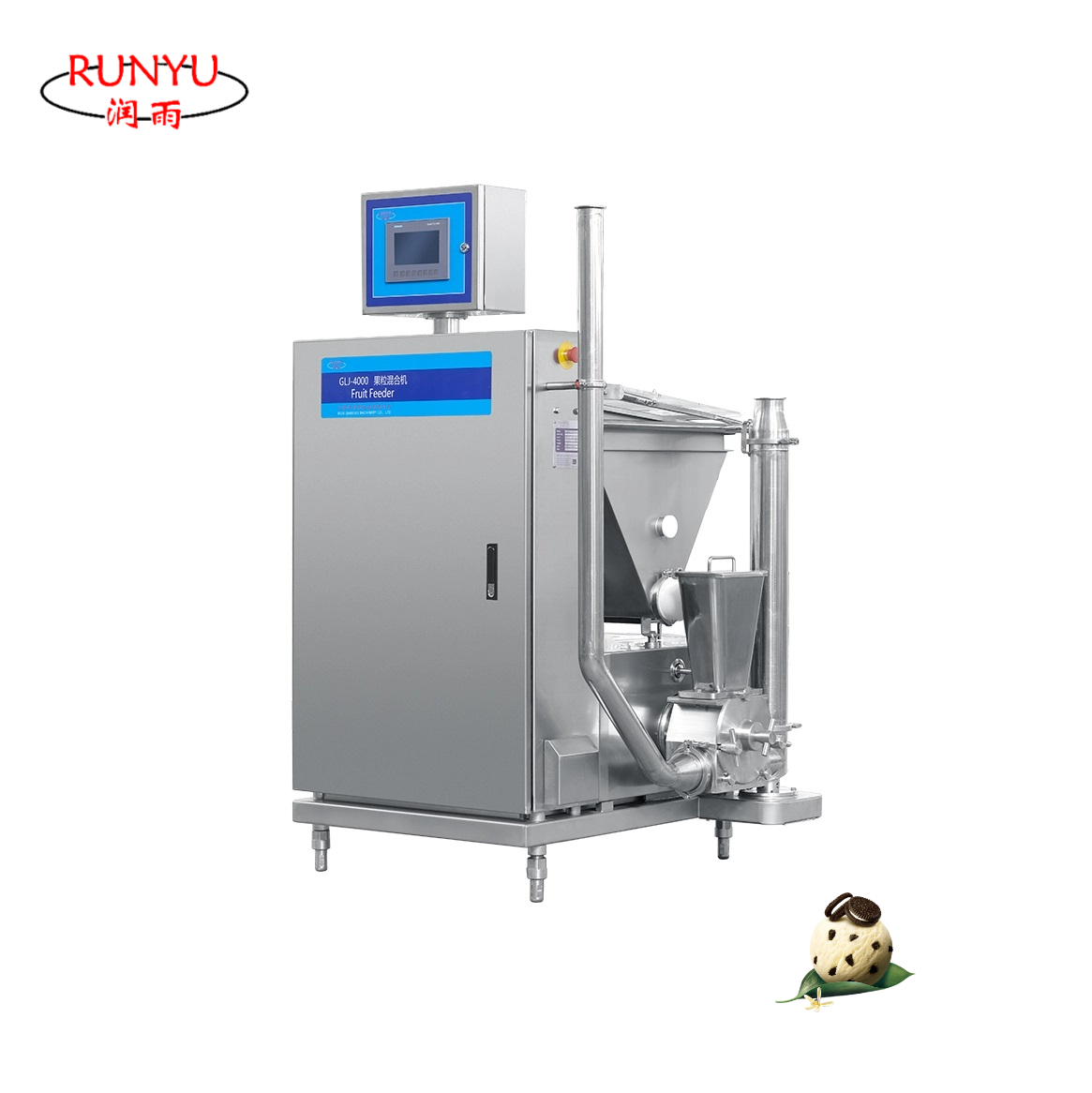Choosing the Right Solder for Electronics: A Comprehensive Guide to Quality and Performance
When it comes to electronics assembly and repair, selecting the right solder is crucial for ensuring reliable connections and optimal performance. With a myriad of options available, understanding the properties and applications of different types of solder can significantly impact the quality of your electronic projects. In this article, we will explore what constitutes a good solder for electronics, delving into the various types, their compositions, and the factors to consider when making your choice.
Understanding Solder: The Basics
Solder is a fusible metal alloy used to join electronic components together. It typically consists of a combination of tin and lead, although lead-free alternatives have gained popularity due to health and environmental concerns. The primary function of solder is to create a strong, conductive bond between metal surfaces, ensuring electrical continuity and mechanical stability.
Types of Solder: An Overview
- Lead-Based Solder: Traditionally, lead-based solder, primarily composed of tin and lead (commonly in a 60/40 ratio), has been favored for its excellent flow characteristics and low melting point (around 183°C). However, due to regulatory restrictions such as the RoHS directive, its use has diminished in many applications.
- Lead-Free Solder: As the industry shifts towards safer alternatives, lead-free solder has become the standard. Common compositions include tin-copper (SAC), tin-silver-copper (SAC), and tin-zinc. While lead-free solders often have higher melting points (typically between 217°C and 230°C), they can provide comparable or even superior mechanical strength and thermal fatigue resistance.
- Specialty Solders: For specific applications, specialty solders such as silver solder, bismuth solder, and low-temperature solders are available. Silver solder, for instance, is used in high-reliability applications due to its excellent conductivity and strength, while bismuth solder is ideal for delicate components that cannot withstand high temperatures.
Key Properties of Good Solder
When evaluating what makes a good solder for electronics, several key properties should be considered:
- Melting Point: A lower melting point is generally preferable for ease of use, especially in delicate electronic assemblies. However, the melting point must also be compatible with the components being soldered.
- Wettability: Good solder should have excellent wettability, allowing it to flow easily and create a strong bond with the surfaces being joined. This property is influenced by the solder's composition and the cleanliness of the surfaces.
- Mechanical Strength: The solder joint must withstand mechanical stress and thermal cycling without cracking or failing. Lead-free solders often excel in this area, making them suitable for demanding applications.
- Electrical Conductivity: A good solder should provide low electrical resistance to ensure efficient current flow. Most solders meet this requirement, but variations in composition can affect performance.
- Corrosion Resistance: Over time, solder joints can be susceptible to corrosion, which can lead to failure. Selecting a solder with good corrosion resistance is essential for long-term reliability.
Factors to Consider When Choosing Solder
- Application Requirements: Consider the specific requirements of your project. For instance, high-frequency applications may benefit from solders with lower resistivity, while high-temperature environments may necessitate the use of specialty solders.
- Component Sensitivity: If you are working with sensitive components, such as surface-mounted devices (SMDs), opt for low-temperature solders to prevent damage during the soldering process.
- Regulatory Compliance: Ensure that the solder you choose complies with relevant regulations, such as RoHS, especially if you are manufacturing products for the consumer market.
- Personal Skill Level: Your experience with soldering techniques can also influence your choice. Beginners may prefer solders that are easier to work with, while seasoned professionals might opt for more advanced options.
Conclusion
Selecting the right solder for electronics is a multifaceted decision that can significantly impact the performance and reliability of your projects. By understanding the different types of solder, their properties, and the specific requirements of your application, you can make an informed choice that ensures strong, durable connections. Whether you are a hobbyist or a professional, investing time in understanding solder will pay off in the quality of your electronic assemblies.

Average Rating